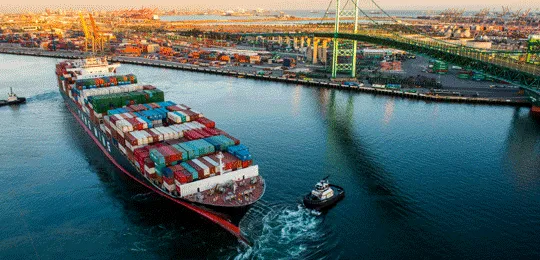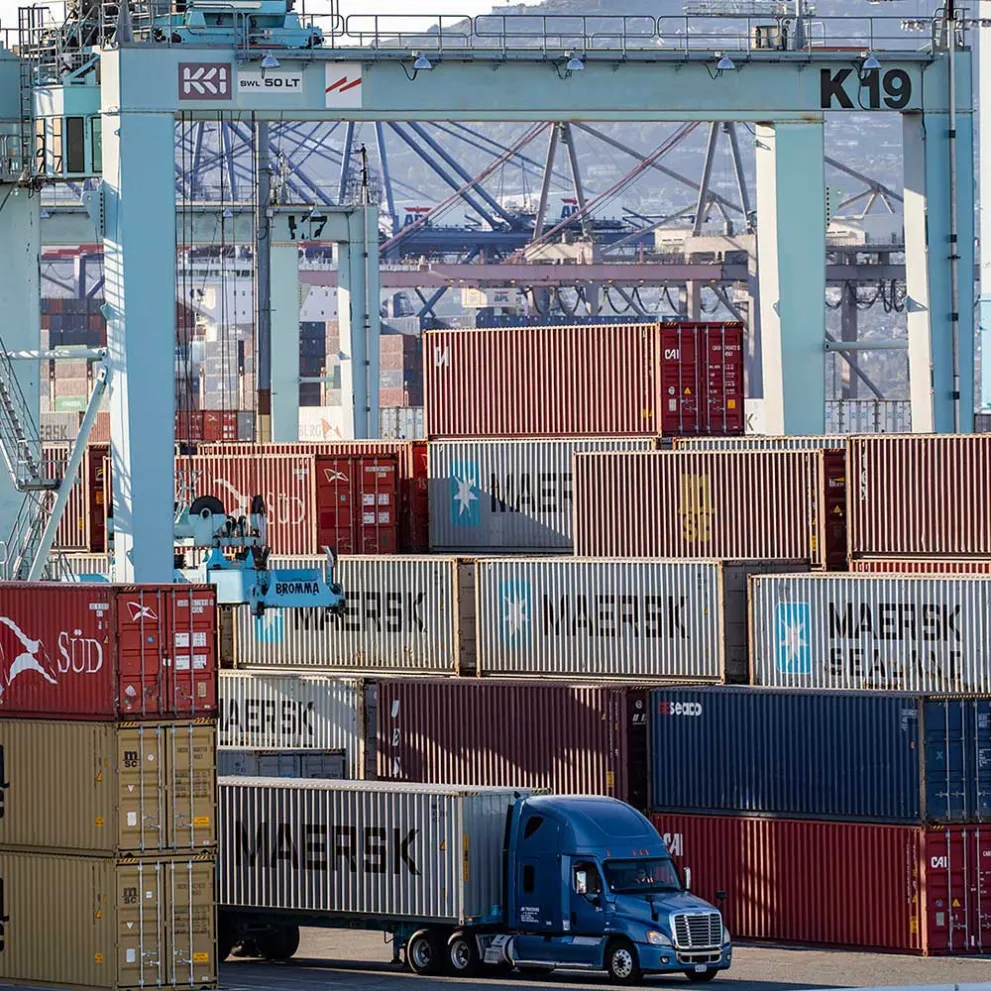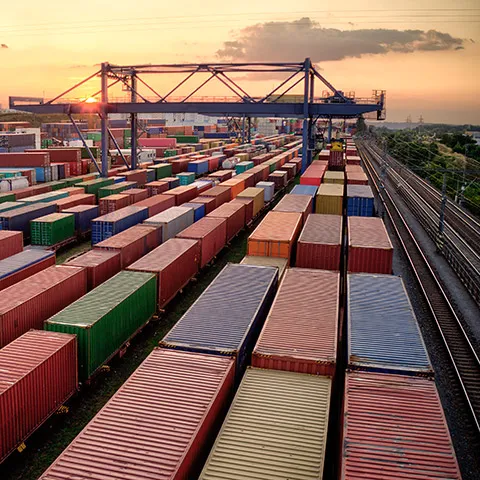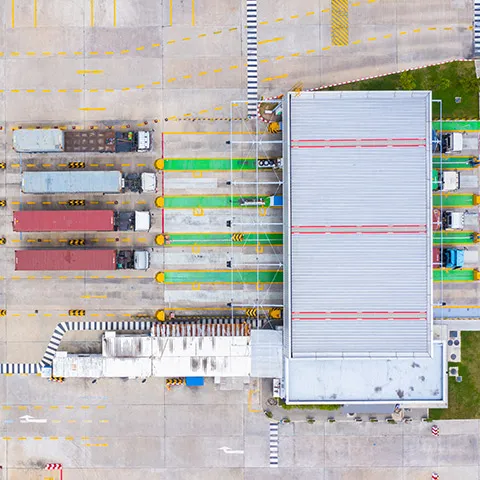All stakeholders benefit from the Port Optimizer initiative: Beneficial Cargo Owners, NVOCCs-Freight Forwarders, Marine Terminals, Port Authorities, Motor Carriers, Shipping Lines, Chassis Providers, Railroads. It is important to remember that Port Optimizer is not a single application or set of applications, it is a digitization initiative that gives the supply chain community a holistic view that enables better efficiency and optimization. It gives stakeholders the operational benefits of increased visibility, predictability, productivity, and exception management.
It allows the port complex to become more competitive through the deployment of technology. Ports with digital initiatives have proven to attract more volumes and expose hidden inefficiencies; higher volumes bring more business to all port stakeholders and improving on inefficiencies reduce overall costs.
In addition, Port Optimizer is a digital initiative that drives change in the community. As the port digitizes its operations, all stakeholders rise to meet the new digital standards. Either by creating APIs or by sharing information, port facilities soon start to collaborate with one another in an attempt to follow the digital initiatives driven by Port Optimizer. More efficient ports drive more efficient stakeholders and that provides cost savings across the supply-chain community.
Finally, the Port Optimizer initiative provides a cloud-based solution which these communities can leverage to create specific, customizable applications for each individual problem and persona. For example, the platform comes with a track-and-trace application that can be used in many ways by the Motor Carrier and BCO community to follow their cargo as it flows through the port, including notification of potential delays.









